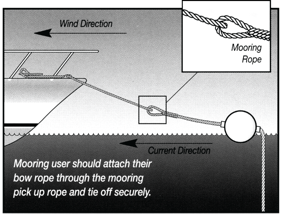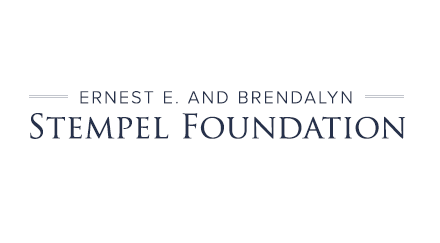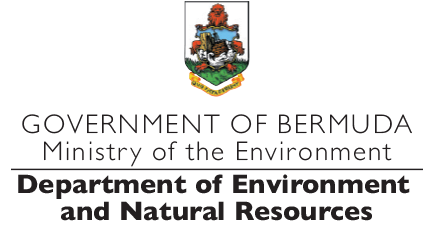THE BERMUDA 100 CHALLENGE
PROTECTING BERMUDA›S CORAL REEFS FROM DAMAGE BY ANCHORS
Bermuda’s coral reef ecosystem is an invaluable asset to the island, both from an ecological and economic perspective. Coral reefs support an incredible diversity of marine organisms, can be a source of food, and they buffer Bermuda’s coastlines by reducing erosion during winter storms and hurricanes. Reefs also contribute to the local economy by supporting local fishing and tourism, and for many of us, they are a part of our recreational activities and thus important to our quality of life.
The corals reefs around Bermuda are considered healthy, but the balanced ecology is vulnerable to even the slightest human influence. The direct and indirect threats to Bermuda’s healthy reef ecosystem are numerous. To safeguard the ecosystem, we have installed environmentally-friendly moorings (buoys) on the reef at a number of popular dive and snorkel sites around Bermuda.
Anchoring

Anchoring to coral reefs is strictly prohibited at wreck and dive sites that are part of Bermuda’s moorings program. Buoys are for everyone’s use on a first-arrival basis. If a buoy in a protected area is already in use, and if you must anchor, make absolutely certain to:
- Use a Danforth or sand anchor (pictured at right);
- Drop anchor in a sandy area away from any reef; and
- Be sure that the anchor, chain and rope do not touch the reef at any point.

Mooring Buoys

Rather than using an anchor, boaters are recommended to tie up a mooring buoy in the protected area. As indicated in the graphic below, buoy users should angle the boat’s bow against the prevailing direction of the wind or current. The mooring line will be pointing in the direction of the current. From there, follow these guidelines for using buoys in protected areas:
- Never tie your boat directly to the buoy mooring line. Always use a good length of rope from the boat to the buoy mooring line. Allow for extra scope during rough weather.
- As you tie up to the buoy, inspect the mooring line to make certain the system is secure and lines are intact.
- Someone should always remain on the boat and that person should know how to operate the boat.
- When you are in protected areas, maneuver at idle speed only and watch for swimmers and divers.
- Moorings are suitable for boats under 50 feet long but are not designed to hold larger vessels in rough weather.
The majority of the officially deployed moorings are in protected areas (as defined by the Fisheries and Protected Areas Order of 1990), and most of the moorings also identify the immediate surrounding area as a No Fishing zone.
The Department of Environment and Natural Resources is responsible for the maintenance of these environmentally- friendly moorings and does so through a marine contractor, in-kind support from commercial dive operators, and financial support from the Bermuda Zoological Society via the Stempel Foundation.
The diving and archaeological community is invited to assist with maintaining the mooring lines and buoys to prevent destruction or degradation of coral reefs and wreck sites. Anyone observing damage or questionable boating behavior, or in need of more information, please call (441) 293-2727 ext. 2123.
IMPORTANT NOTE: Line fishing, spearfishing and lobster diving are prohibited in these protected areas. Contravening these regulations, upon conviction, could mean a fine and/or imprisonment.




